Dark arts: an Austrian jeweller’s alchemical approach
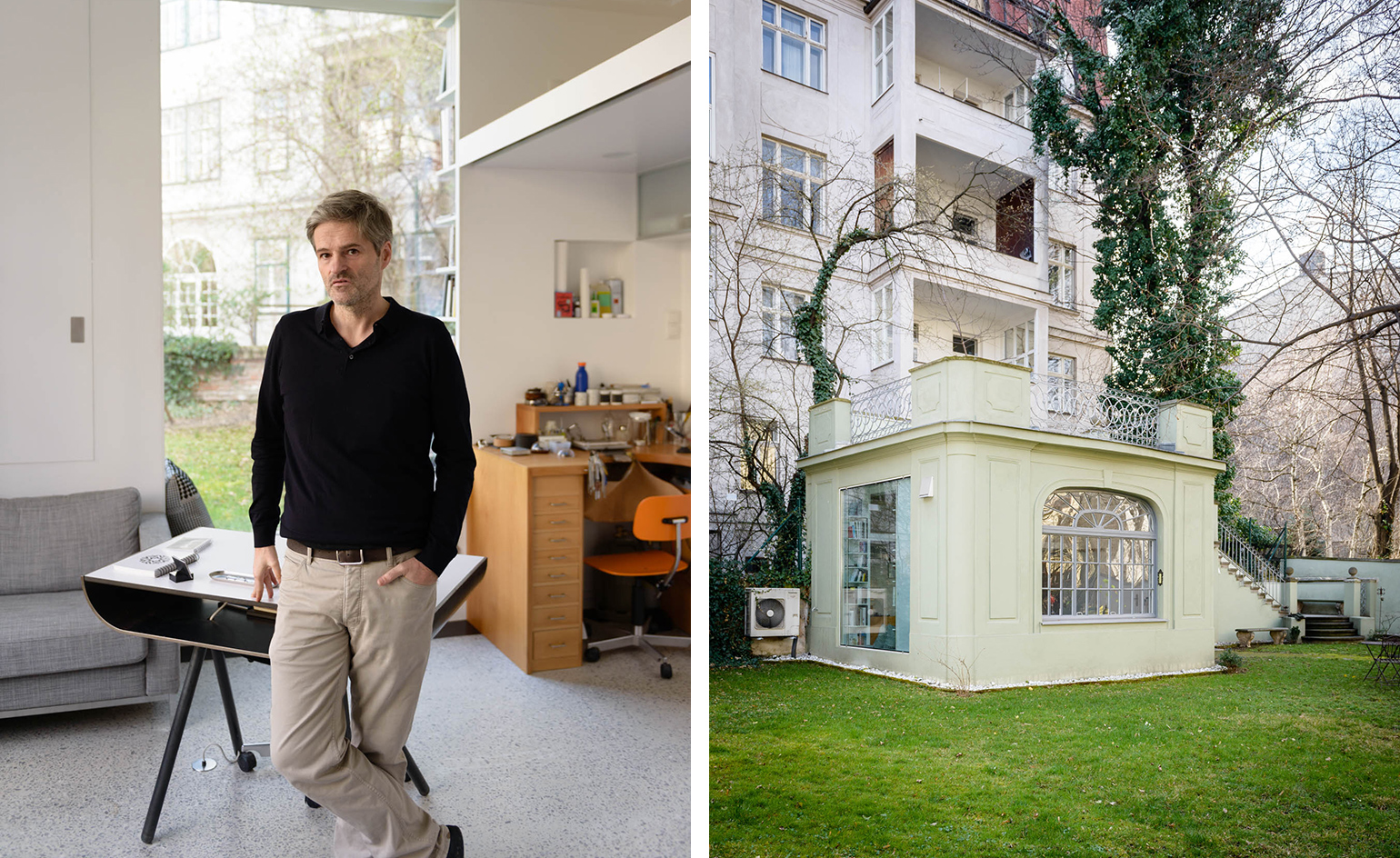
Austrian jeweller and goldsmith Thomas Hauser founded his own brand, Atelier Allure in 1989 in New York. Today he works in Vienna from a tiny art nouveau garden studio. In 2013, he won a Red Dot Design Award for a series of rings made using Noble Concrete, a fabric he developed with the Technical University of Vienna.
Now, he has cooked up a new mix, Niellium, and crafted a series of rings in blacker-than-black metal created without the need for coating or surface treatment. Intrigued by Hauser’s unique approach, Wallpaper* asked him to elaborate on his practice and process…
W*: Do you feel compelled, as a jeweller, to create new materials?
TH: I’m driven by the desire to fully realise both my craftsmanship and creative potential; an alchemist turns the impossible into the possible. This precious, original alloy marks the beginning of a creative process that results in raw material becoming transformed into an emotionally appealing object. Orchestrating the dialogue between various materials and forms is perhaps the source of my alchemistic approach.
It seems you have presented contemporary jewellery design with a new point of view…
The jewellery industry often separates design and fabrication. It focuses on designing an appearance or a 'look'. This can mean that aspects of craftsmanship, potential and even the aura of the material take a backseat. Very often a material’s strength is not the origin of a creative solution. When form and material establish a unity, the distinctive feature of such a piece of jewellery is defined by the interplay between them. I’m excited by that symbiosis.
How did you get the mix right? The process sounds challenging.
The genesis of the alloy began about 30 years ago [and] I discovered it in a Paris atelier about ten years ago. Having intensely analysed it over the past five years, I know the advantages and disadvantages of the alloy and how I can creatively bring it to life. I know what it likes and what it does not appreciate too much. It suggests its own particular surfaces and curves and colour variations in the black. Depending on the state of the metal surface, I can also vary the shades of grey. These are fascinating opportunities for creative play.
What’s the most important thing you have discovered?
Even for basic operations such as polishing I had to find new pastes, polishing speeds and polishing tools. Thinking of a barber who hones his razor on a leather strap gave me the idea for the right polishing method; I discovered a polishing paste that gives the right amount of shine in an auto repair workshop. The method for texturing surfaces also had to be created from scratch and I had to invent new stone setting techniques. Most of the basic goldsmithing techniques had to be reinvented from scratch. The effect would be completely different if they were designed in gold or platinum.
Tell us more about the new 'Choreutai' collection of rings.
The shapes of the 12 'Choreutai' pieces are defined by the characteristics of the material and are made specifically for it. Each is composed out of one single basic form, in narrow and wide varieties, as a result of the metal being sanded and polished. Geometrical landscapes emerge from the diverse facets. I’m fascinated by applying traditional craft manufacturing techniques to create jewellery that expresses a new contemporary design vocabulary.
As originally featured in the June 2016 issue of Wallpaper* (W*207)

Hauser's new 'Choreutai' rings are crafted from Niellium a black alloy composed of platinum, palladium and silver
INFORMATION
For more information, visit Thomas Hauser's website
Photography: Lukas Schaller. Still life: Andy Barter
Receive our daily digest of inspiration, escapism and design stories from around the world direct to your inbox.
Caragh McKay is a contributing editor at Wallpaper* and was watches & jewellery director at the magazine between 2011 and 2019. Caragh’s current remit is cross-cultural and her recent stories include the curious tale of how Muhammad Ali met his poetic match in Robert Burns and how a Martin Scorsese Martin film revived a forgotten Osage art.
-
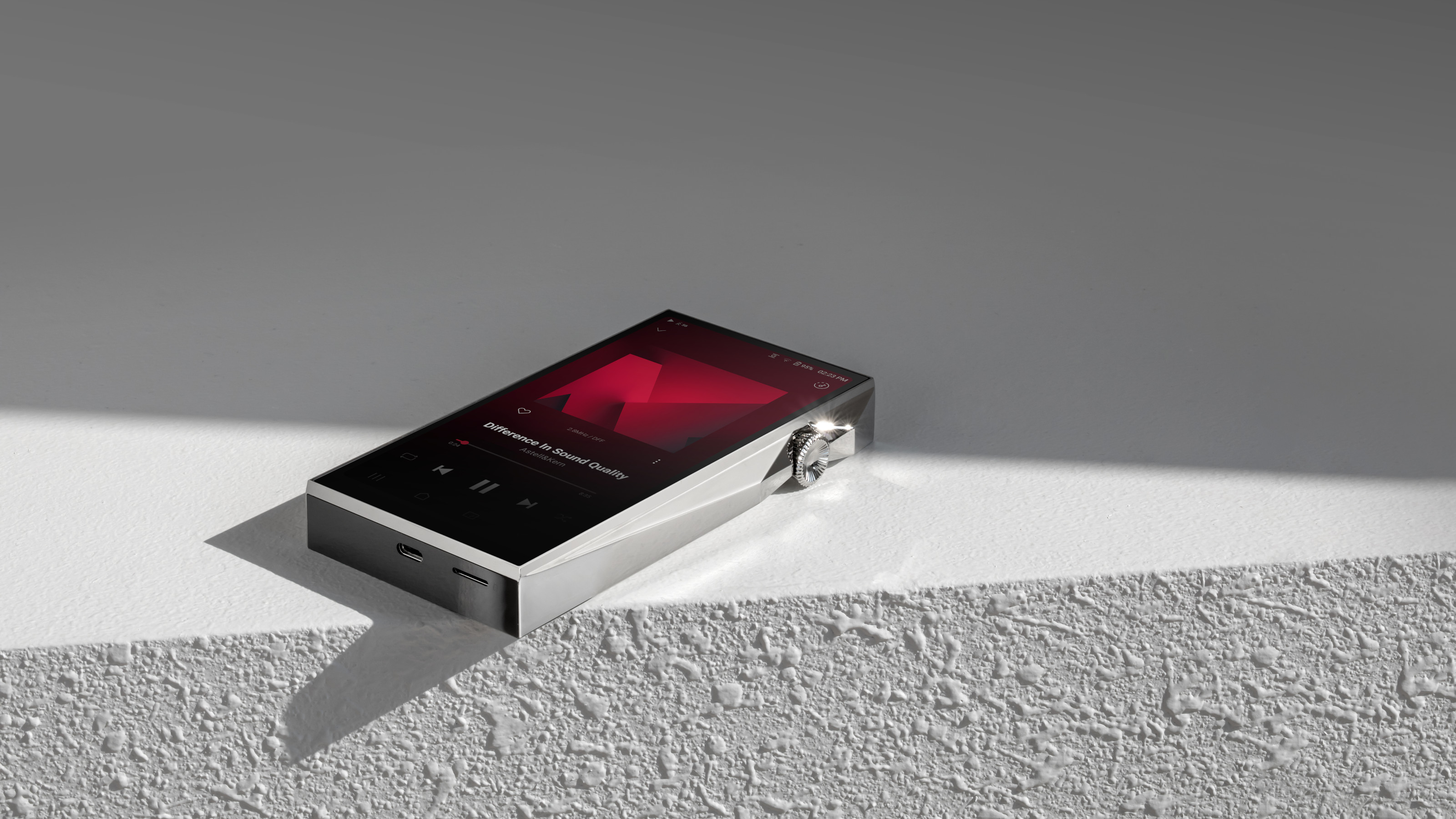 Premium pocketable audio scales up with the new SP4000 from Astell&Kern
Premium pocketable audio scales up with the new SP4000 from Astell&KernThe Astell&Kern A&ultima SP4000 is a serious piece of audiophile equipment, a high-res portable player that offers endless ways to shape your listening experience
-
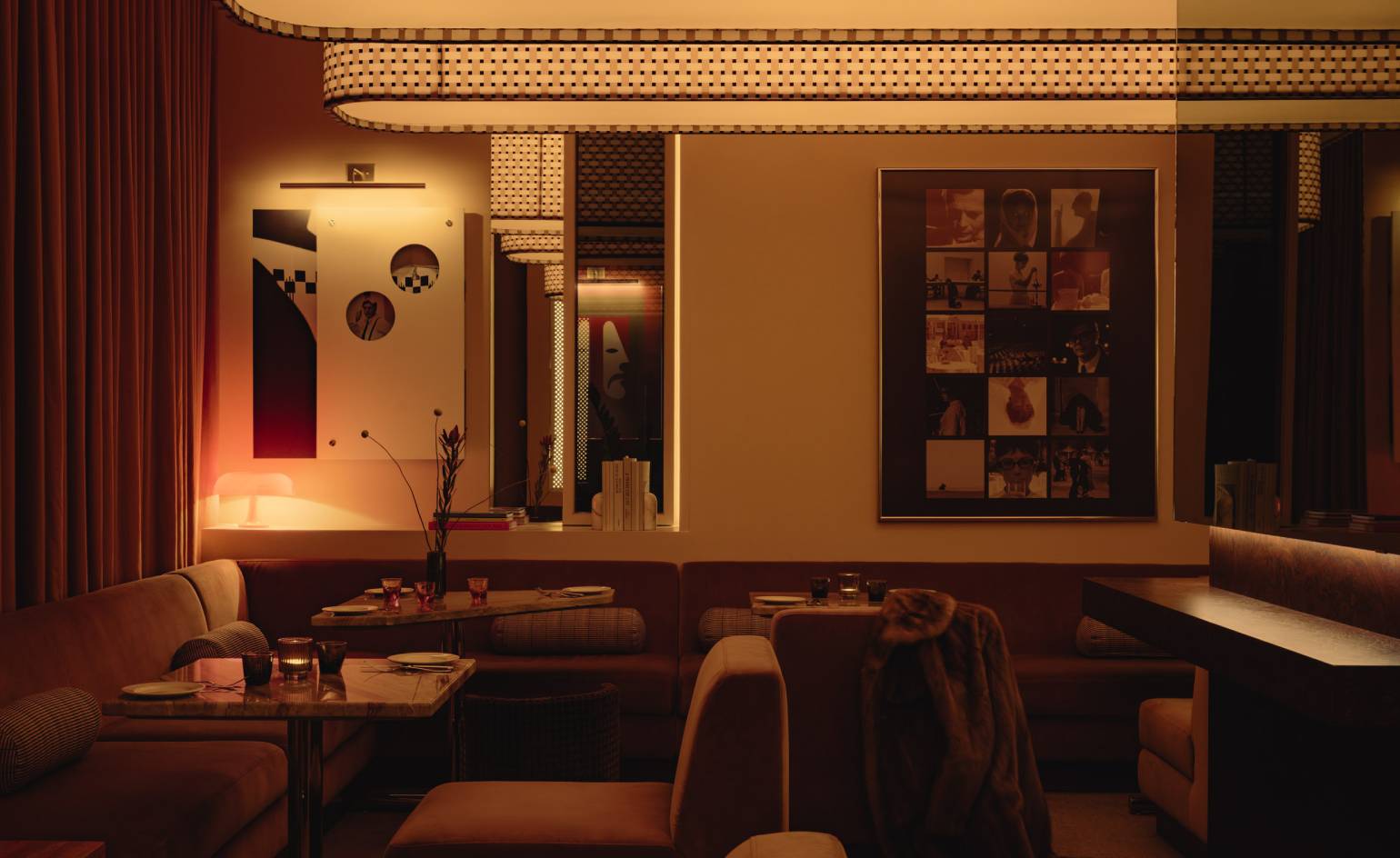 The ultimate amenity in this Canadian apartment building? A trio of scene-stealing restaurants
The ultimate amenity in this Canadian apartment building? A trio of scene-stealing restaurantsPart of Citizen on Jasper, a new residential tower, Va!, Olia, and Mimi offer a thrilling day-to-night dining experience
-
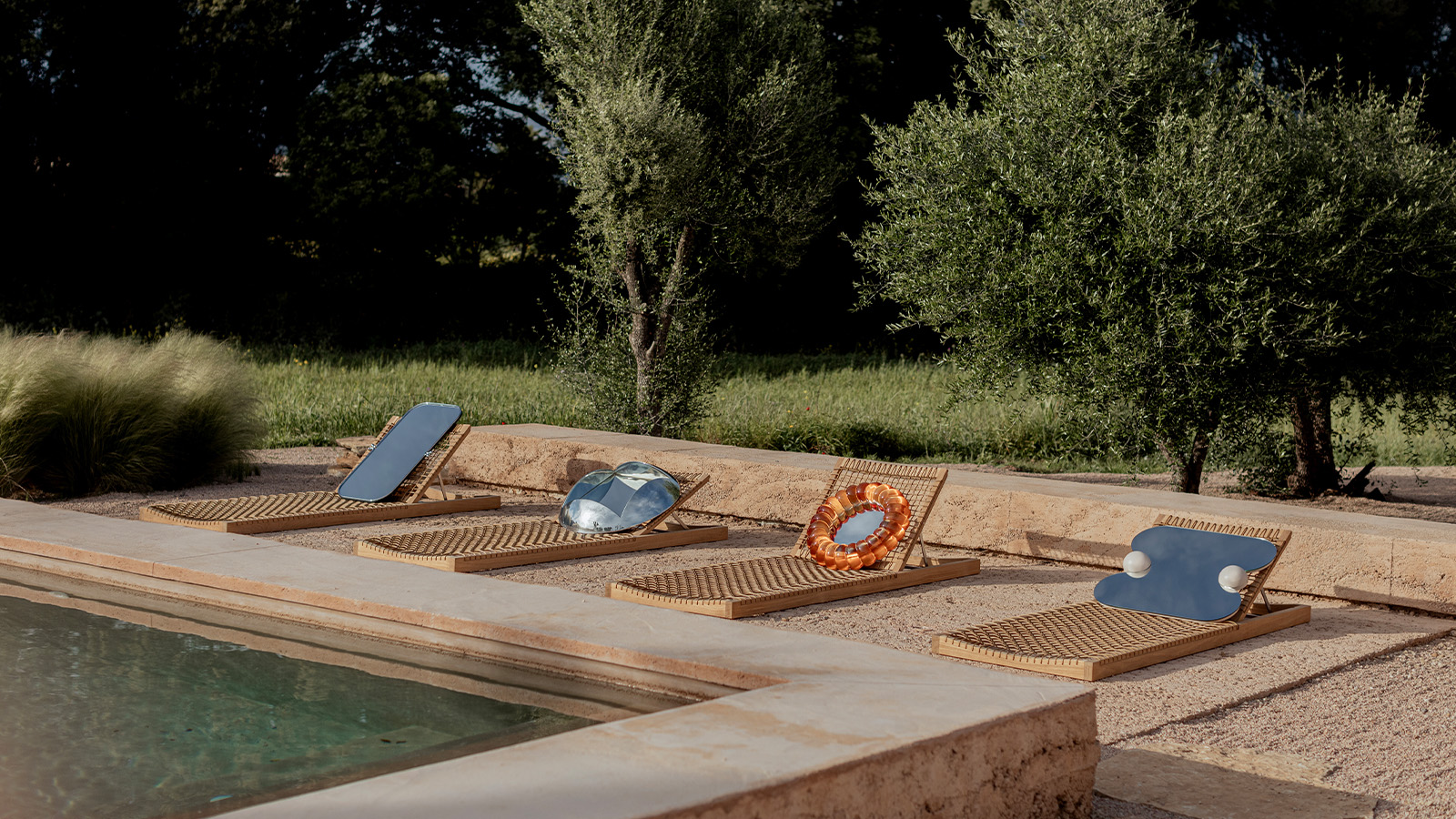 These sculptural mirrors embody the relaxed spirit of the Med
These sculptural mirrors embody the relaxed spirit of the MedPhotographed in a Mallorcan residence designed by local studio Munarq, these new sculptural mirrors by New York furniture company Ready To Hang are inspired by the sea
-
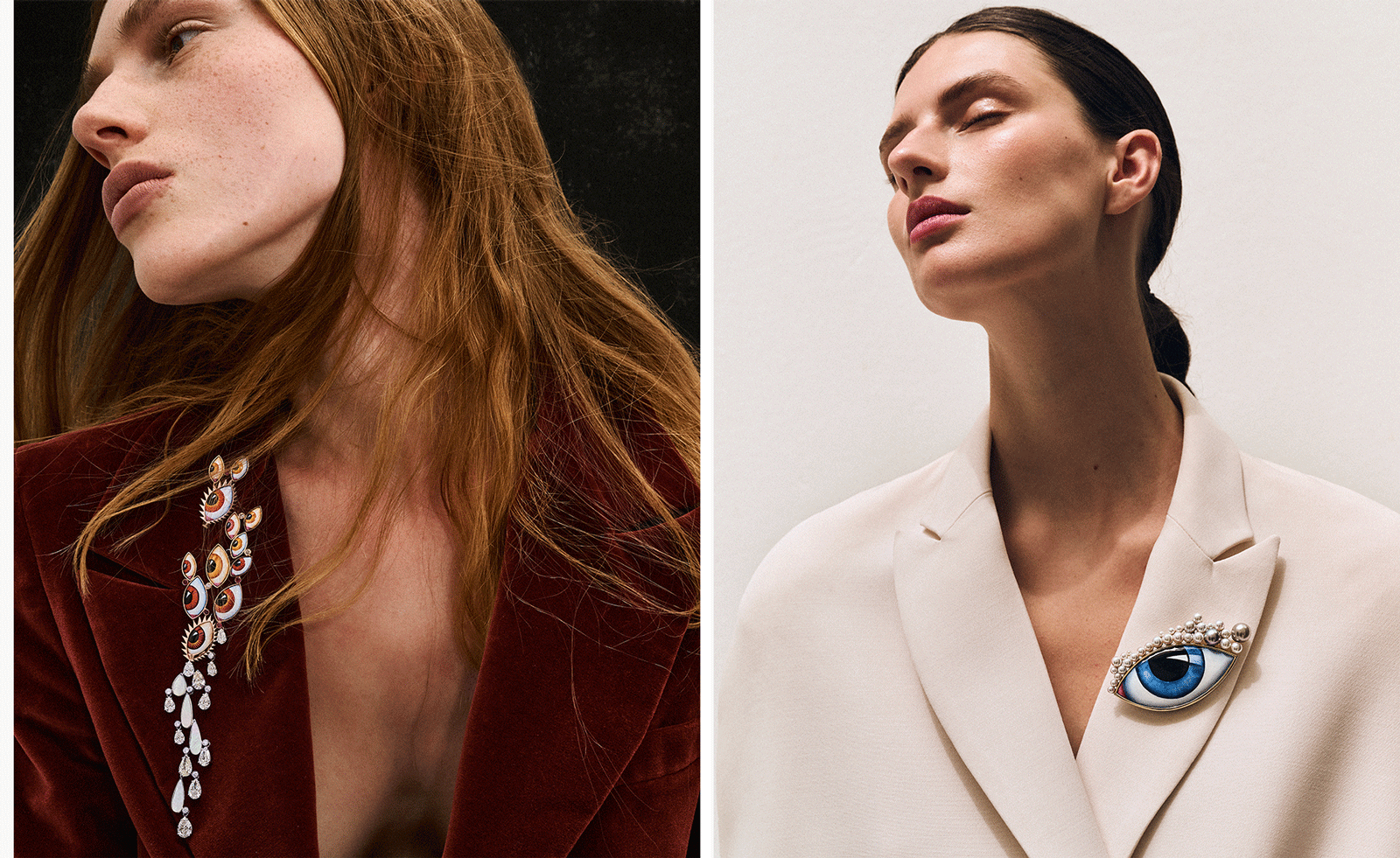 All eyes on Greek jewellery brand Lito as it launches bold new amulets to mark its 25 years
All eyes on Greek jewellery brand Lito as it launches bold new amulets to mark its 25 yearsStriking amulets, seductive stones and secret messages characterise Lito's striking new anniversary collection, an extension of its ‘Tu es Partout’ series
-
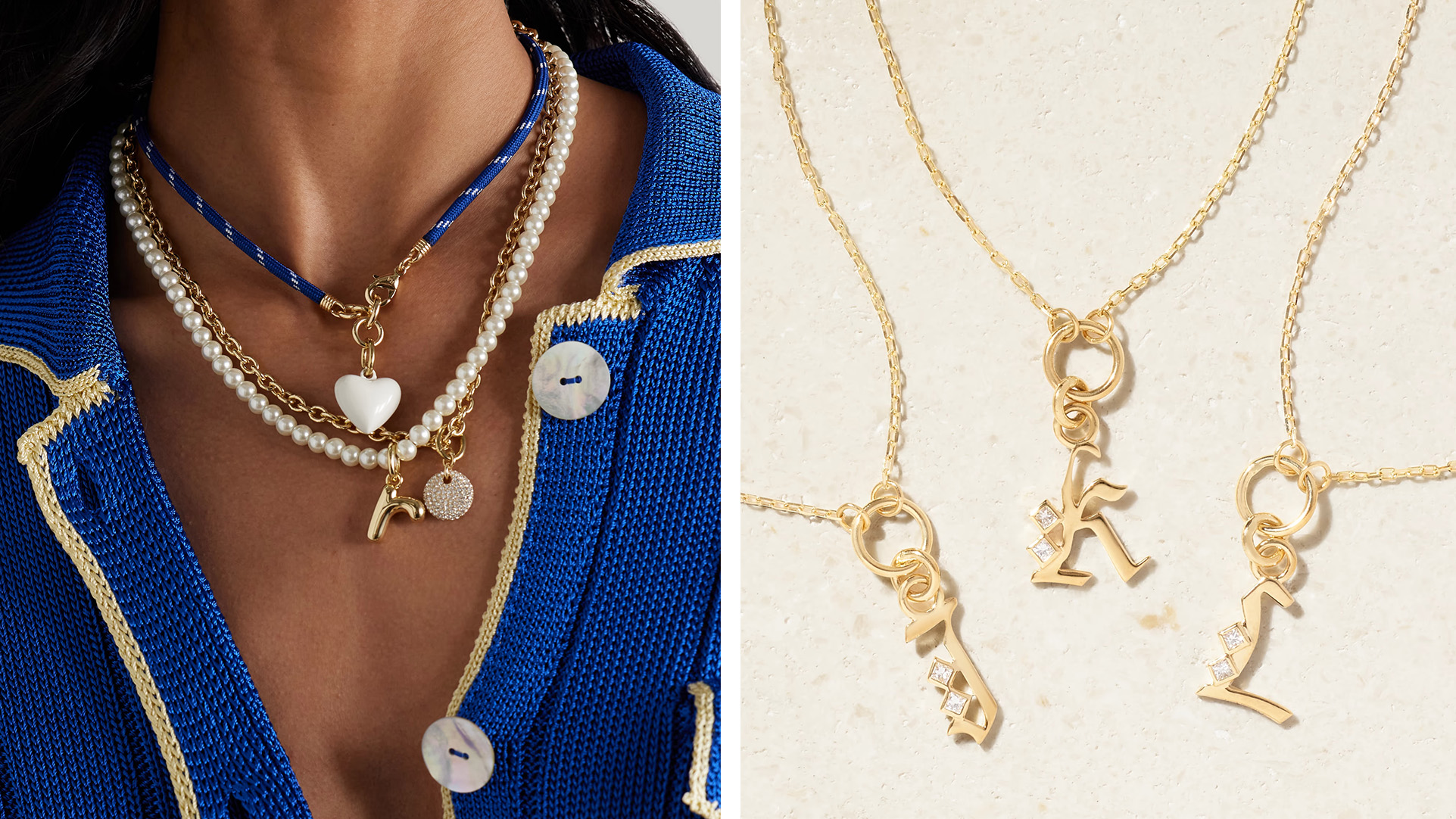 The best layering necklaces for an elevated yet casual look
The best layering necklaces for an elevated yet casual lookHow to mix, match and stack jewellery for the ultimate high-energy, low-effort style
-
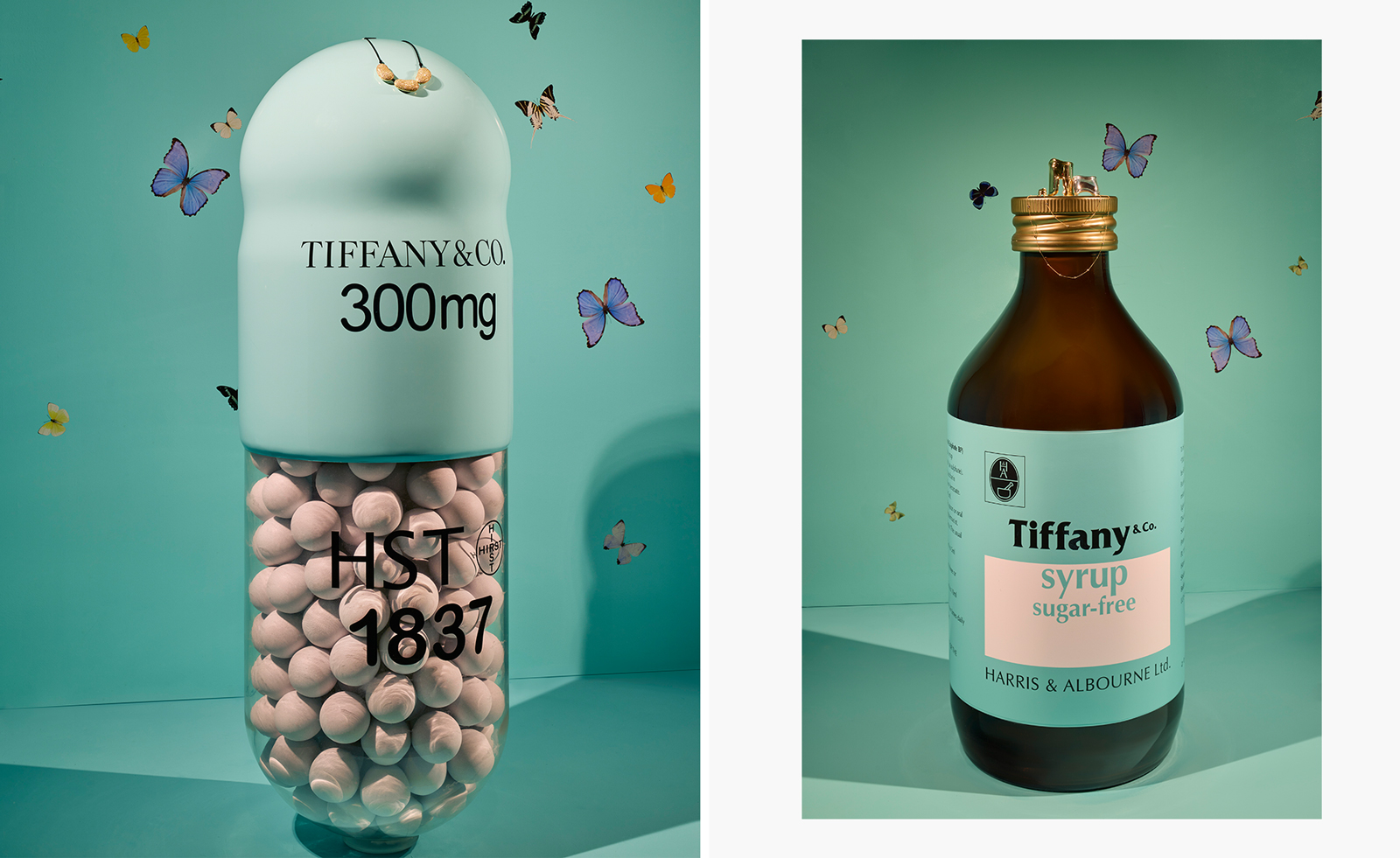 Art takes London: Tiffany & Co, Damien Hirst and artists take over Selfridges' windows
Art takes London: Tiffany & Co, Damien Hirst and artists take over Selfridges' windowsFour British contemporary artists celebrate Tiffany & Co's pioneering history with a series of storied window displays
-
 Late summer jewels: what to wear at Golden Hour
Late summer jewels: what to wear at Golden HourLate summer signals a jewellery style-shift. These independent designers have got it covered
-
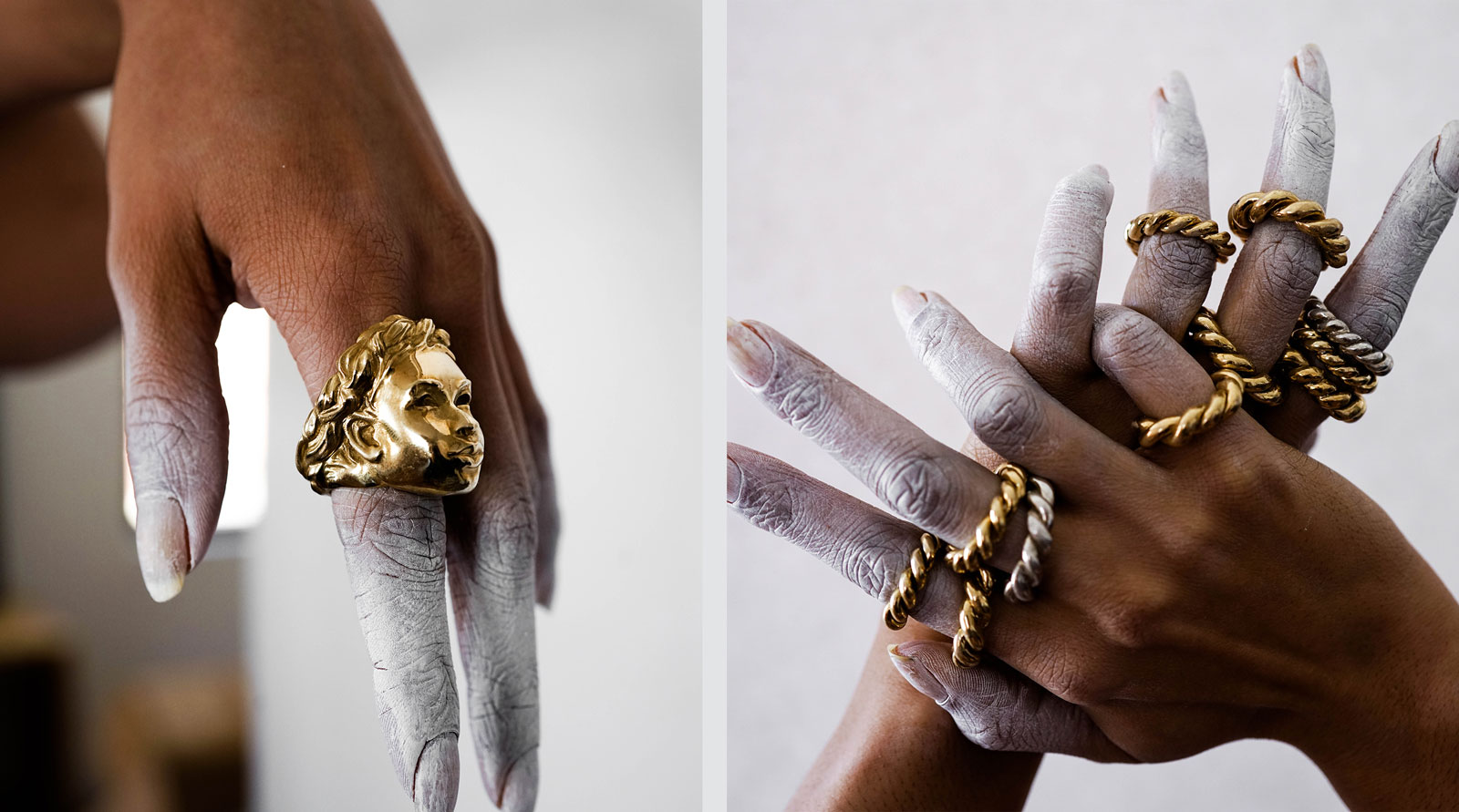 Emerging jewellery designers to get to know
Emerging jewellery designers to get to knowThese independent, new and emerging jewellery designers and brands from New York to Paris are firmly on our radar
-
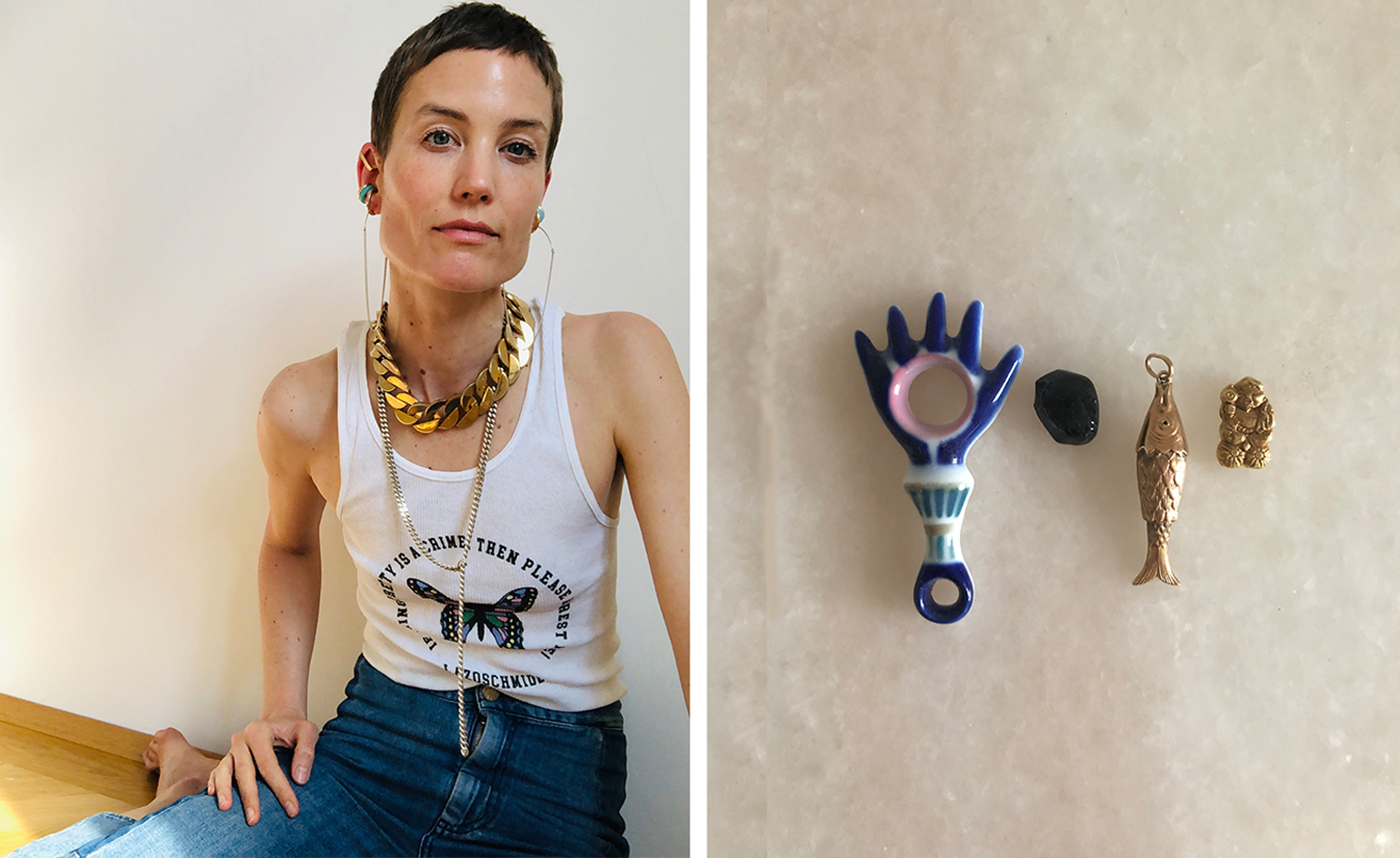 Jewellery designers share their most precious personal pieces
Jewellery designers share their most precious personal piecesA host of jewellers give us a peek at the jewellery which brings them joy and solace
-
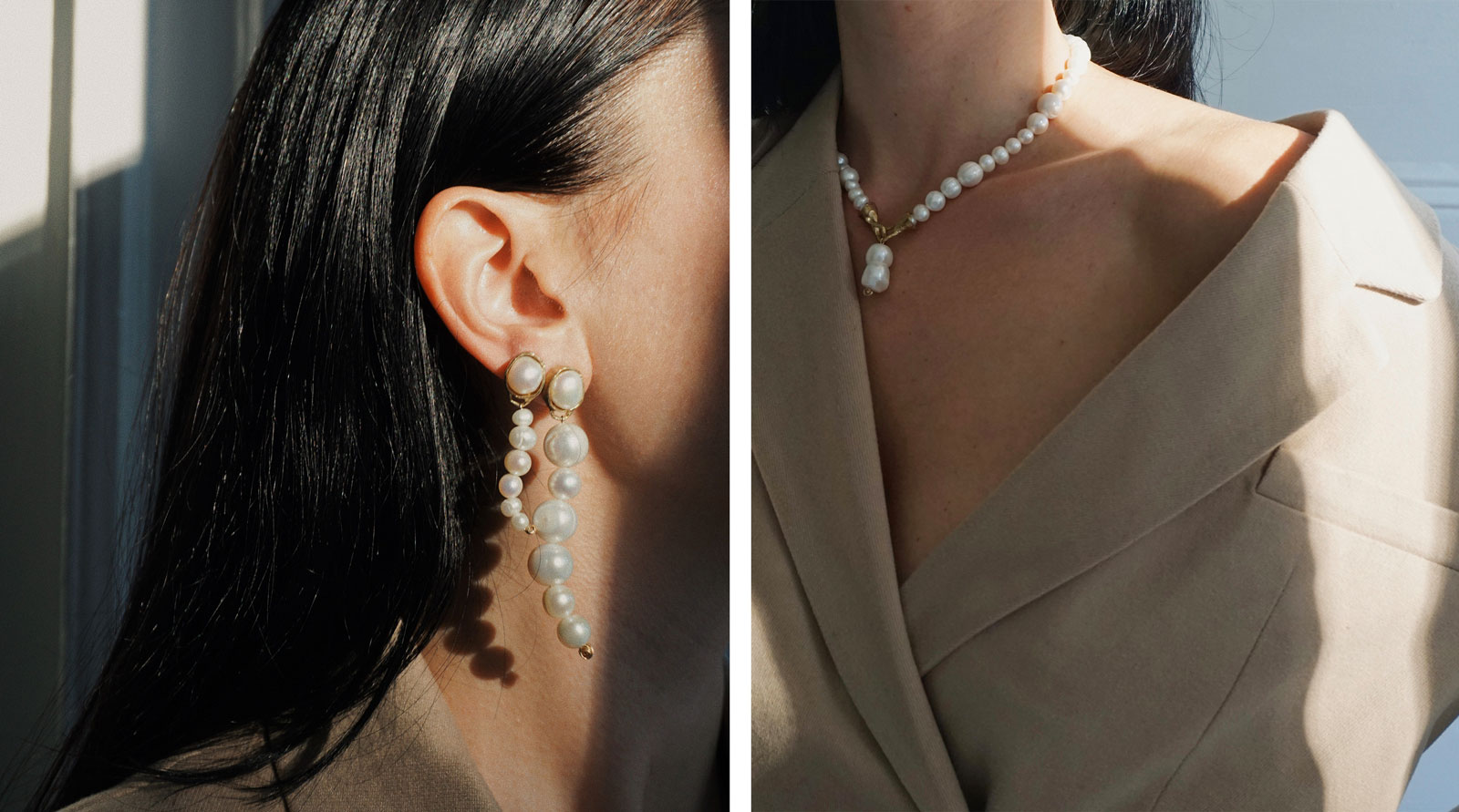 Playing it cool: pearls are having a moment
Playing it cool: pearls are having a momentWe've been deep-diving into boutiques around the world to find the very best calcium carbonate in minute crystalline form. It seems jewellers have been busy rethinking pearls, with contemporary (and often affordable) results
-
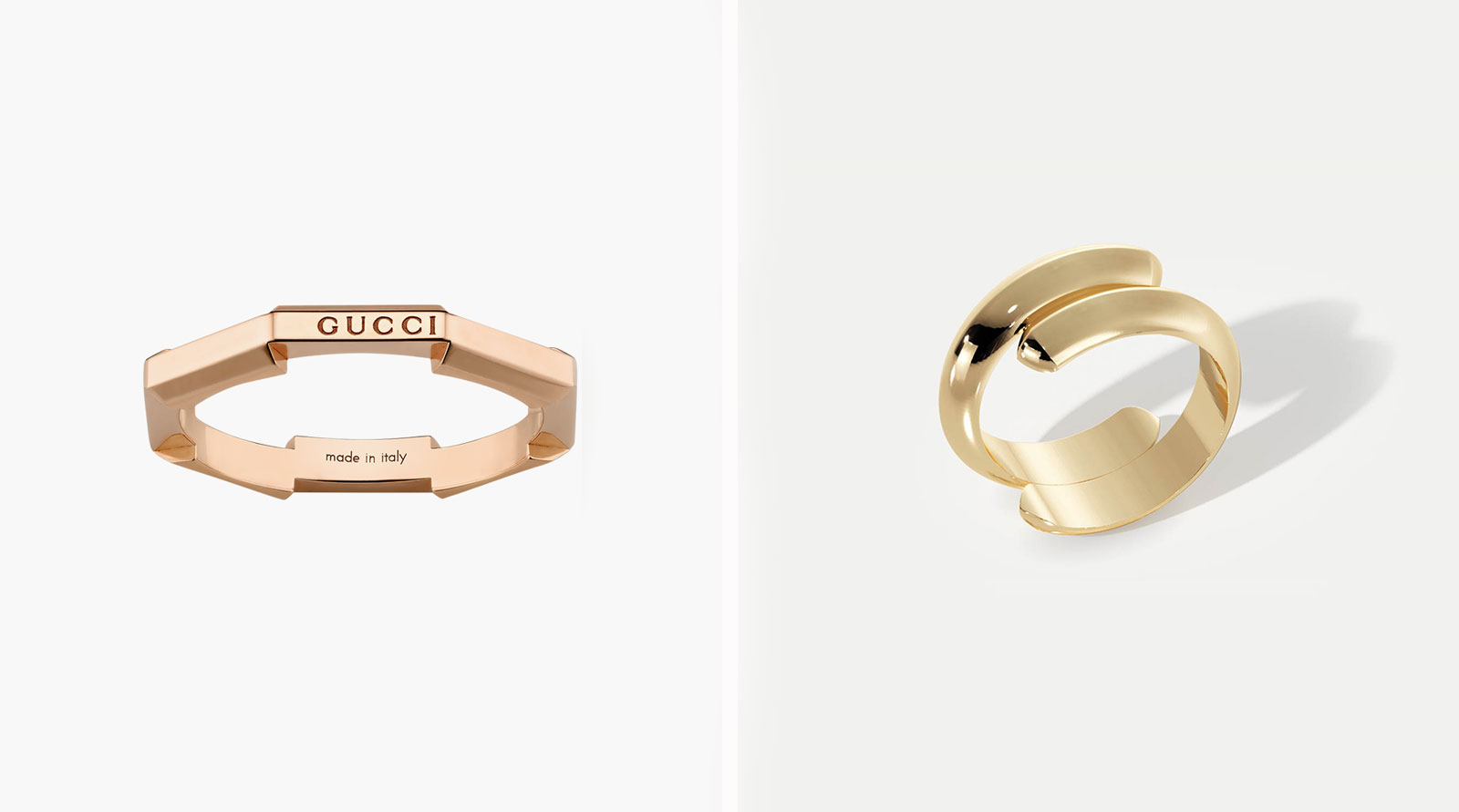 Eternity rings for the modern couple
Eternity rings for the modern coupleEternity rings, whether sleekly minimalist or sprinkled in diamonds, can be a chic and contemporary love token